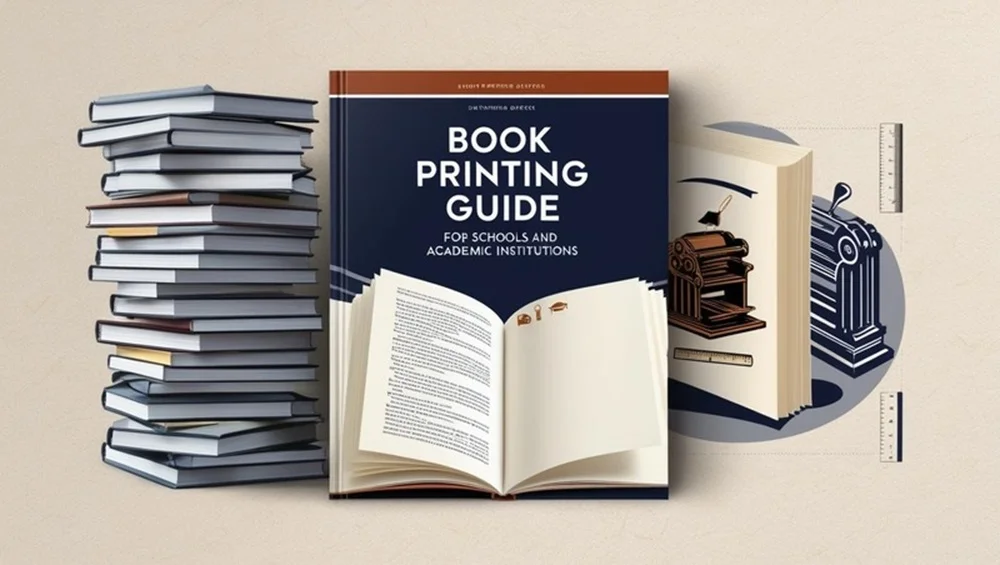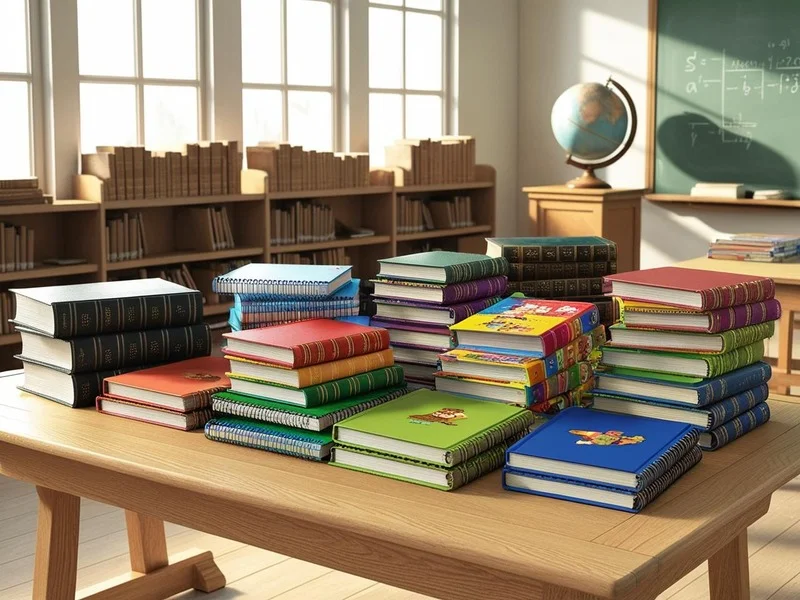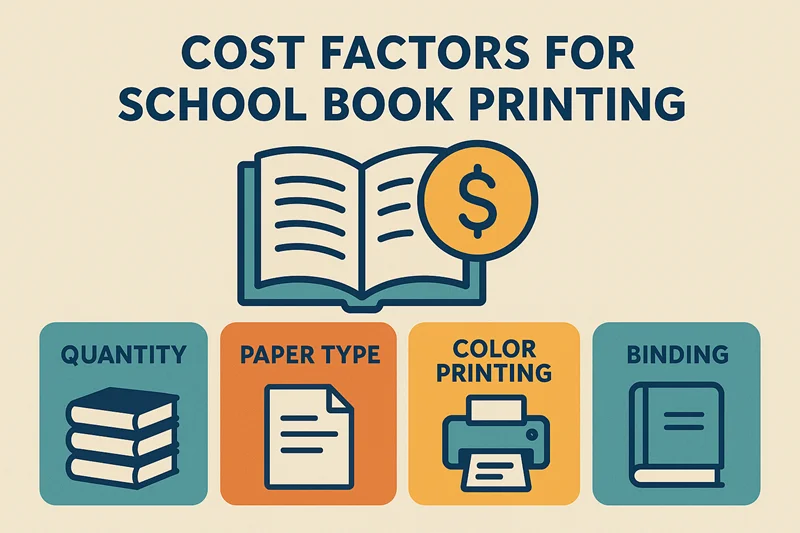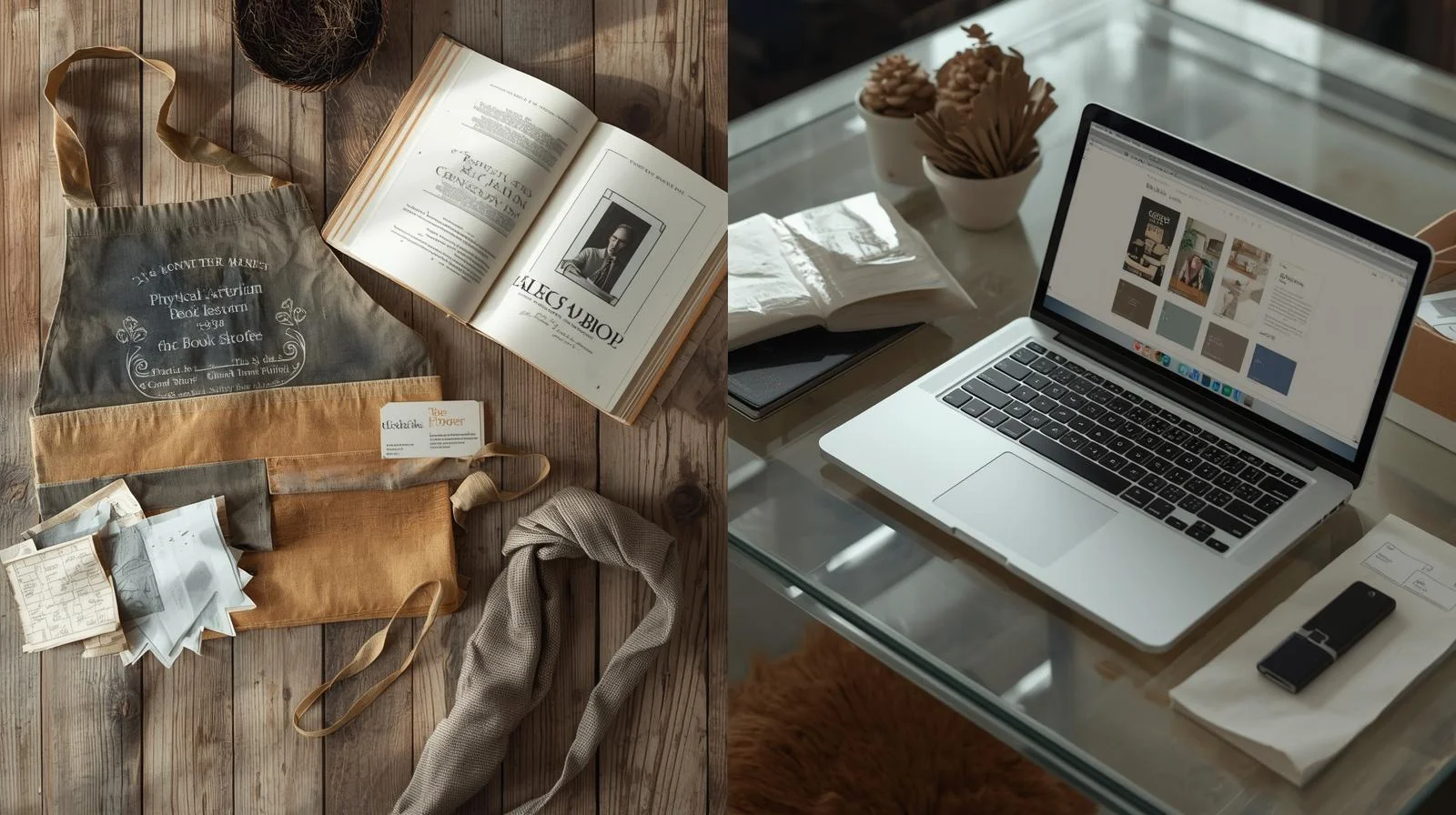Schools and academic institutions often need to print books like yearbooks, textbooks, or student journals. This guide helps educators and administrators choose the right printing options. It covers types of books, binding choices, costs, and eco-friendly practices. Follow these steps to create high-quality, affordable books that meet your school’s needs.
Table of Contents
ToggleWhy Schools Need Book Printing
Printed books play a big role in education. They preserve memories, support learning, and showcase student work. Here are common reasons schools print books:
- Yearbooks: Capture school events and student achievements.
- Textbooks: Provide custom course materials for classes.
- Workbooks: Support student exercises and projects.
- Literary Journals: Publish student stories, poems, or essays.
Types of Books for Schools
Schools can print various book types based on their goals. Each type has unique features.
Yearbooks
Yearbooks are keepsakes for students. They include photos, quotes, and school highlights. Choose durable binding and vibrant colors to make them last.
Textbooks
Custom textbooks help teachers tailor content. Print-on-demand options reduce costs for small runs. Consider lightweight paper for student backpacks.
Workbooks and Journals
Workbooks support hands-on learning. Journals showcase creative writing. Use spiral binding for easy page-turning.
Choosing the Right Binding
Binding affects a book’s look, durability, and cost. Here are popular options for schools:
- Hardcover: Durable and professional; ideal for yearbooks. Higher cost.
- Softcover: Affordable and lightweight; good for textbooks.
- Spiral Binding: Flexible and opens flat; great for workbooks.
- Saddle Stitch: Cheap for thin books like literary journals.
How to Print Books for Schools
Follow these steps to book printing efficiently. This process ensures quality and stays within budget.
- Define Your Goals: Decide the book’s purpose (e.g., yearbook, textbook).
- Set a Budget: Include printing, design, and shipping costs.
- Choose a Printer: Look for bulk discounts and school experience.
- Design the Book: Use software like Canva or hire a designer.
- Select Materials: Pick paper and binding based on use.
- Review Proofs: Check for errors before final book printing.
- Distribute Books: Plan delivery to students or staff.
Cost Factors for School Book Printing
Printing costs depend on several factors. Use this table to estimate expenses.
| Factor | Details | Cost Impact |
| Quantity | More copies lower the per-unit cost. | High |
| Binding | Hardcover is pricier than softcover. | Medium |
| Paper Quality | Thicker or glossy paper costs more. | Medium |
| Color | Full-color printing is expensive. | High |
Eco-Friendly Printing Options
Schools can choose sustainable book printing to reduce environmental impact. Consider these tips:
- Use recycled or FSC-certified paper.
- Opt for soy-based inks.
- Work with printers offering carbon-neutral shipping.
Decision-Making Checklist for Schools
Use this checklist to streamline your Custom printing project:
- ☐ Identify book type and purpose.
- ☐ Set a realistic budget.
- ☐ Compare at least three printers.
- ☐ Test paper and binding samples.
- ☐ Involve students in design (e.g., yearbook committee).
Frequently Asked Questions
How much does it cost to print school books?
Costs vary by quantity, binding, and paper. Bulk orders (500+ copies) can cost $2-$10 per book. Get quotes from multiple printers.
What’s the best binding for yearbooks?
Hardcover binding is durable and popular for yearbooks. It protects pages and looks professional.
Can schools use print-on-demand?
Yes, print-on-demand is great for small runs, like custom textbooks. It saves money and storage space.
Final Tips for Success
book Printing for schools is rewarding but requires planning. Involve students in the process to build excitement. Compare printers to find the best value. Always review proofs to avoid mistakes. With these steps, your school can create lasting, high-quality books.







